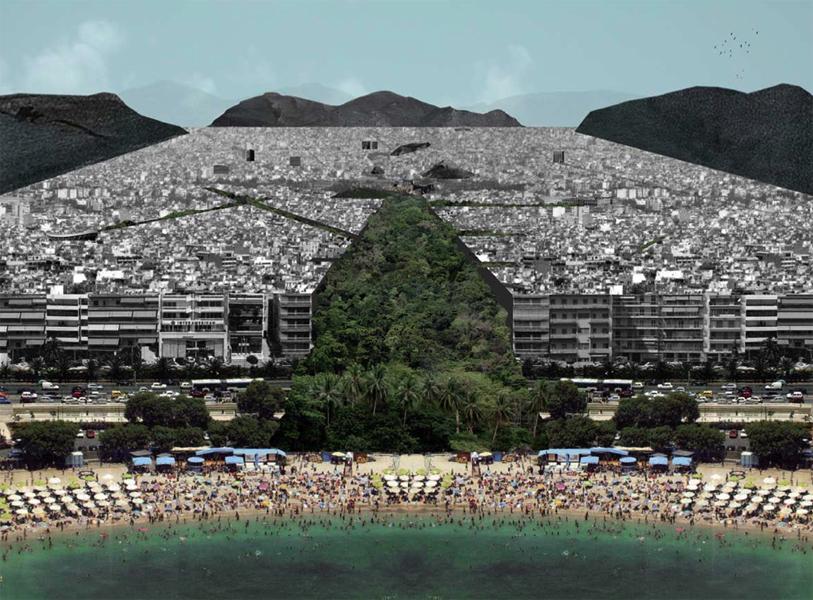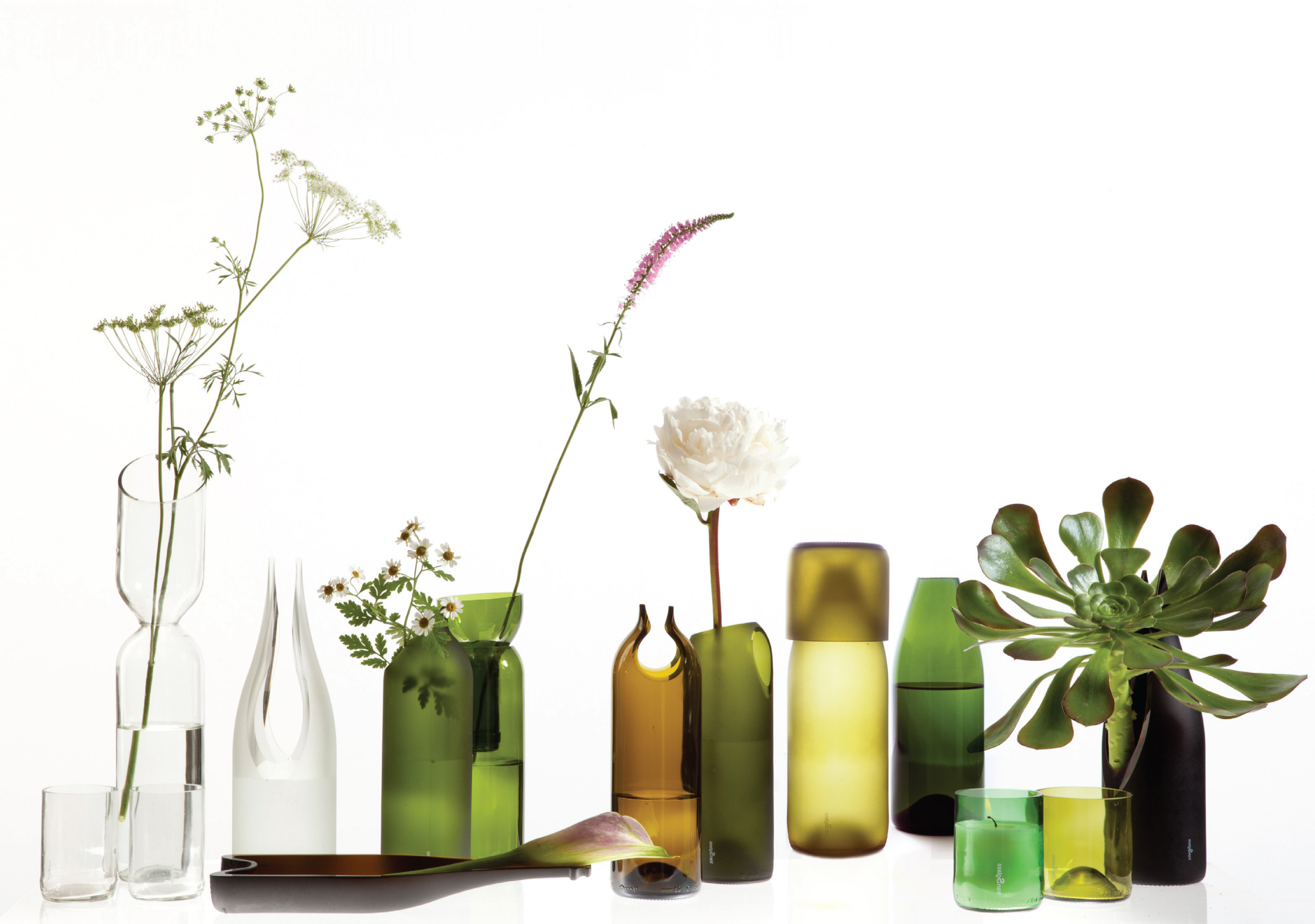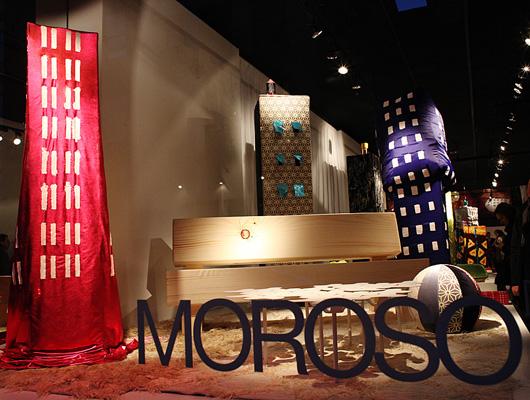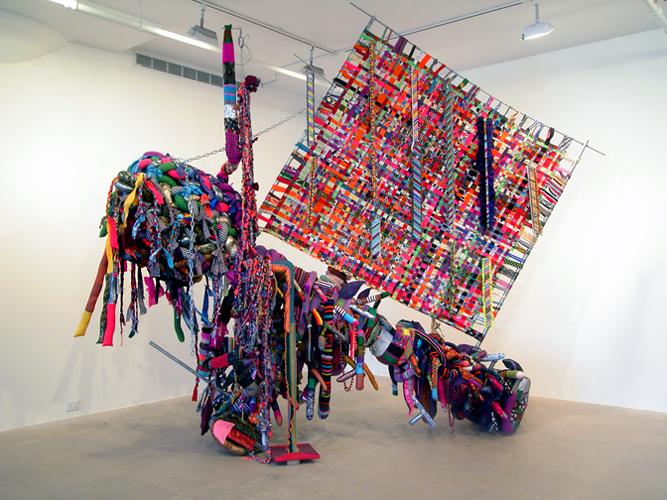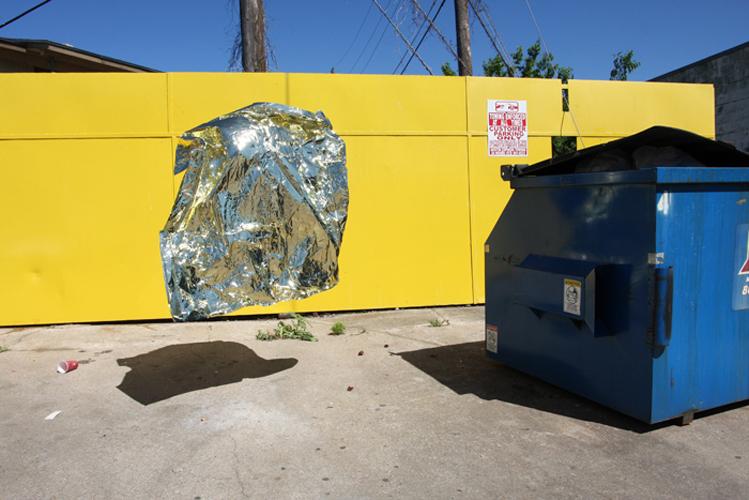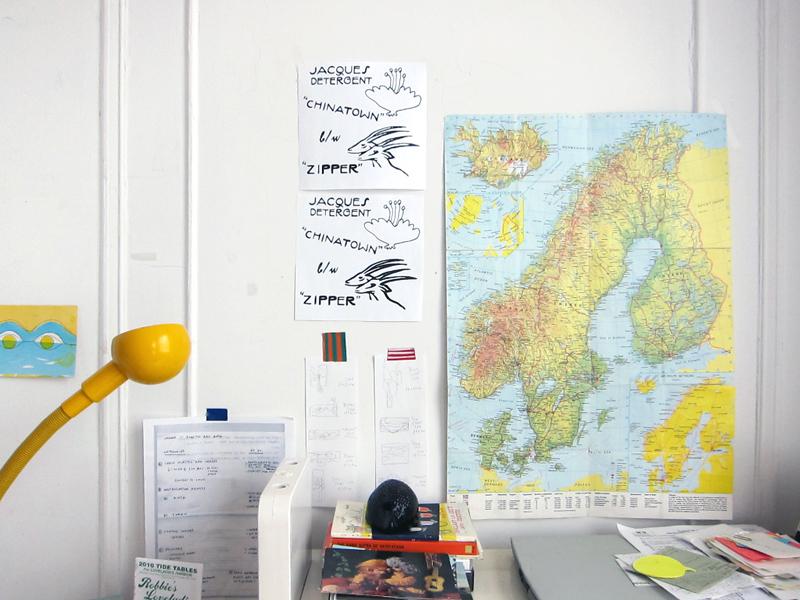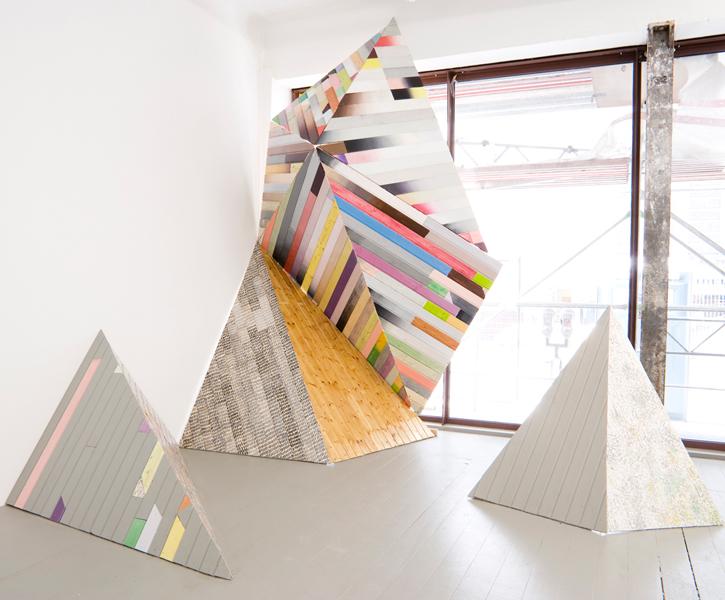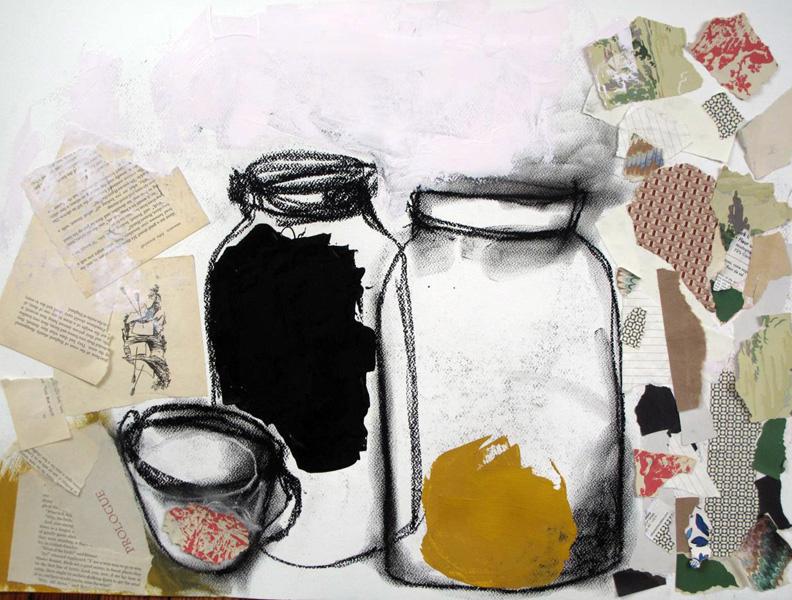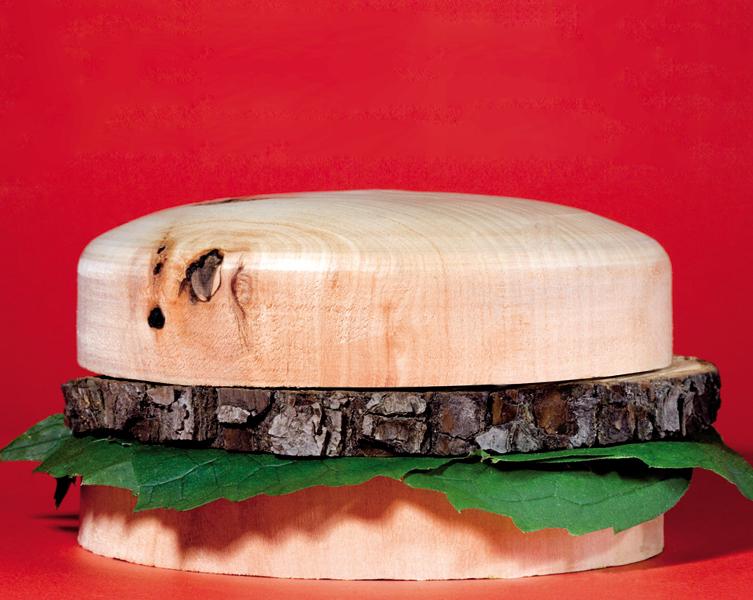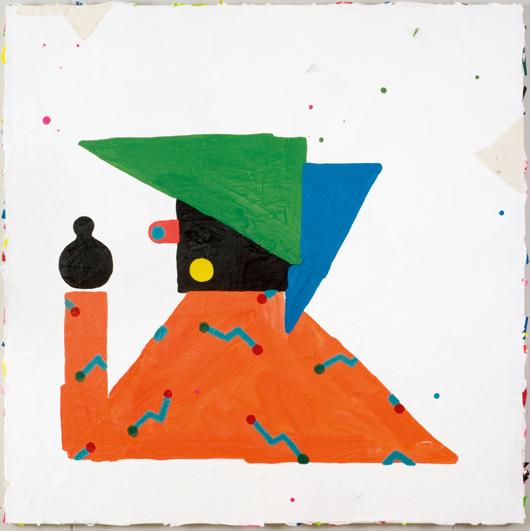
10.05.11
Q+A
Misaki Kawai, Artist
Misaki Kawai's work is insane. In a good way. When Sweden's LOYAL gallery sent us these images from her new solo show, "Wet Shiny Surprise," we were taken with their use of geometry and pattern — not to mention their resemblance to Memphis design — but we had no idea the Japanese-born, New York–based artist also made paintings of weightlifting robots, surfing octopuses, and people pooping in the woods. What unites all of Kawai's art, from the beautiful to the bizarre, is her talent for blending childlike imagery with absurdist humor, a quality she suspects might have something to do with spending her childhood in Osaka, the center of Japan's comedy scene. But to the extent that her pieces seem like windows onto a strange and addictive parallel world, she gets most of her inspiration from navigating this one: After a post-graduate trip to Turkey, Nepal, and Thailand left her "greatly influenced by handmade dolls, textiles, and low-quality manufactured objects," Kawai began traveling regularly, collecting both physical and experiential scraps and incorporating them into her paintings and sculptures. When we interviewed her for this story, she had just finished opening the show at LOYAL and had moved on to Beijing and Mongolia, where she was riding camels and investigating the local dress. What she'll do with that fodder, we can only imagine.
